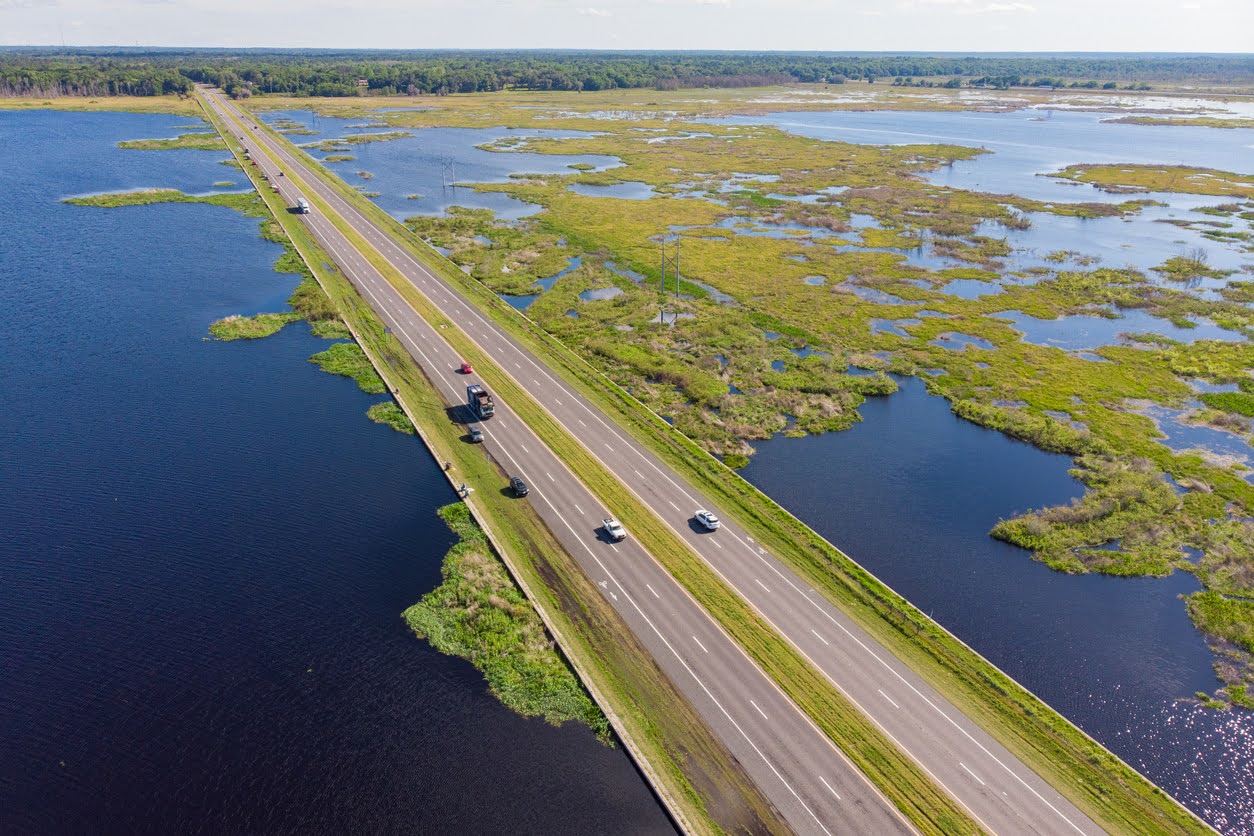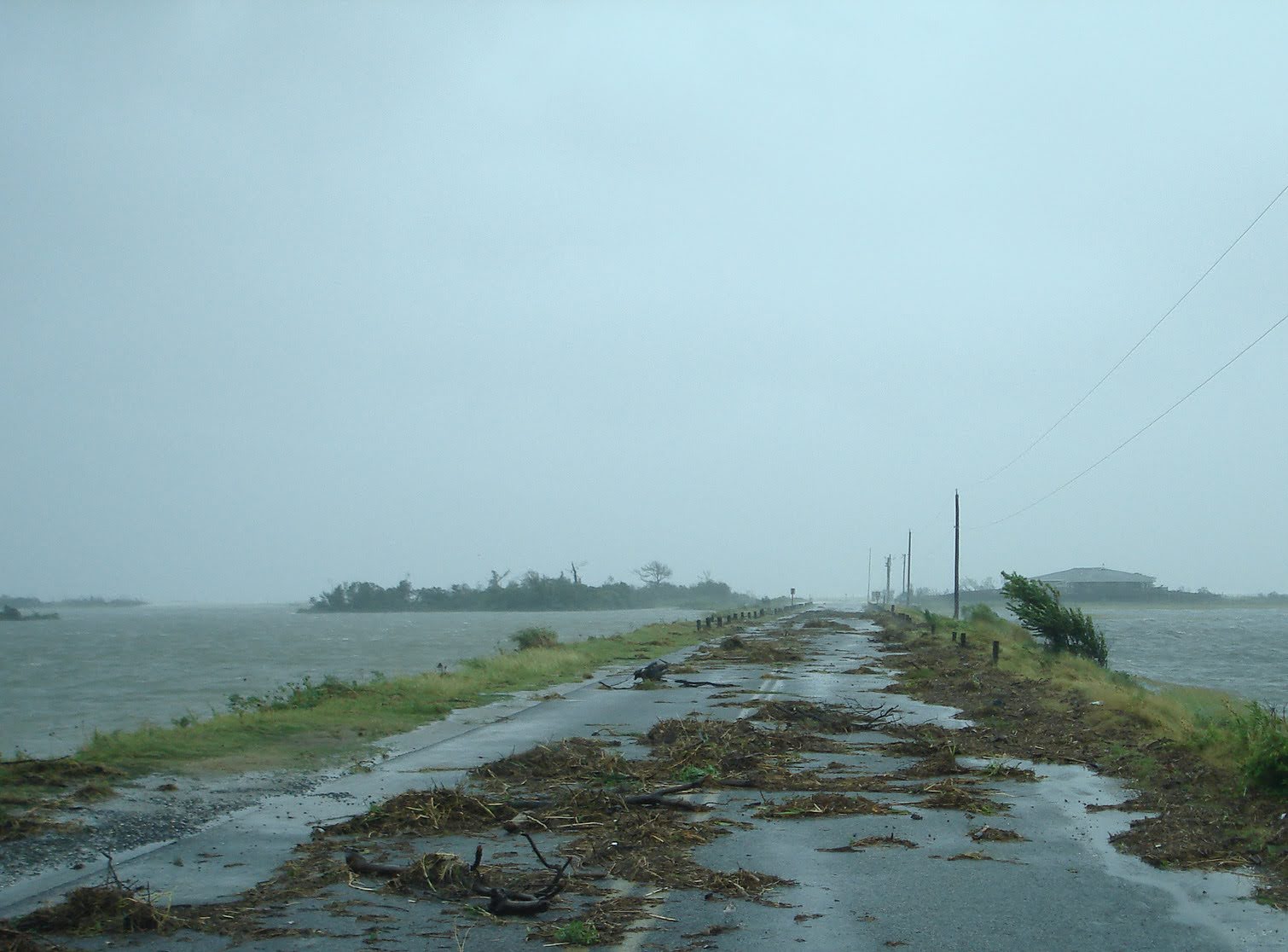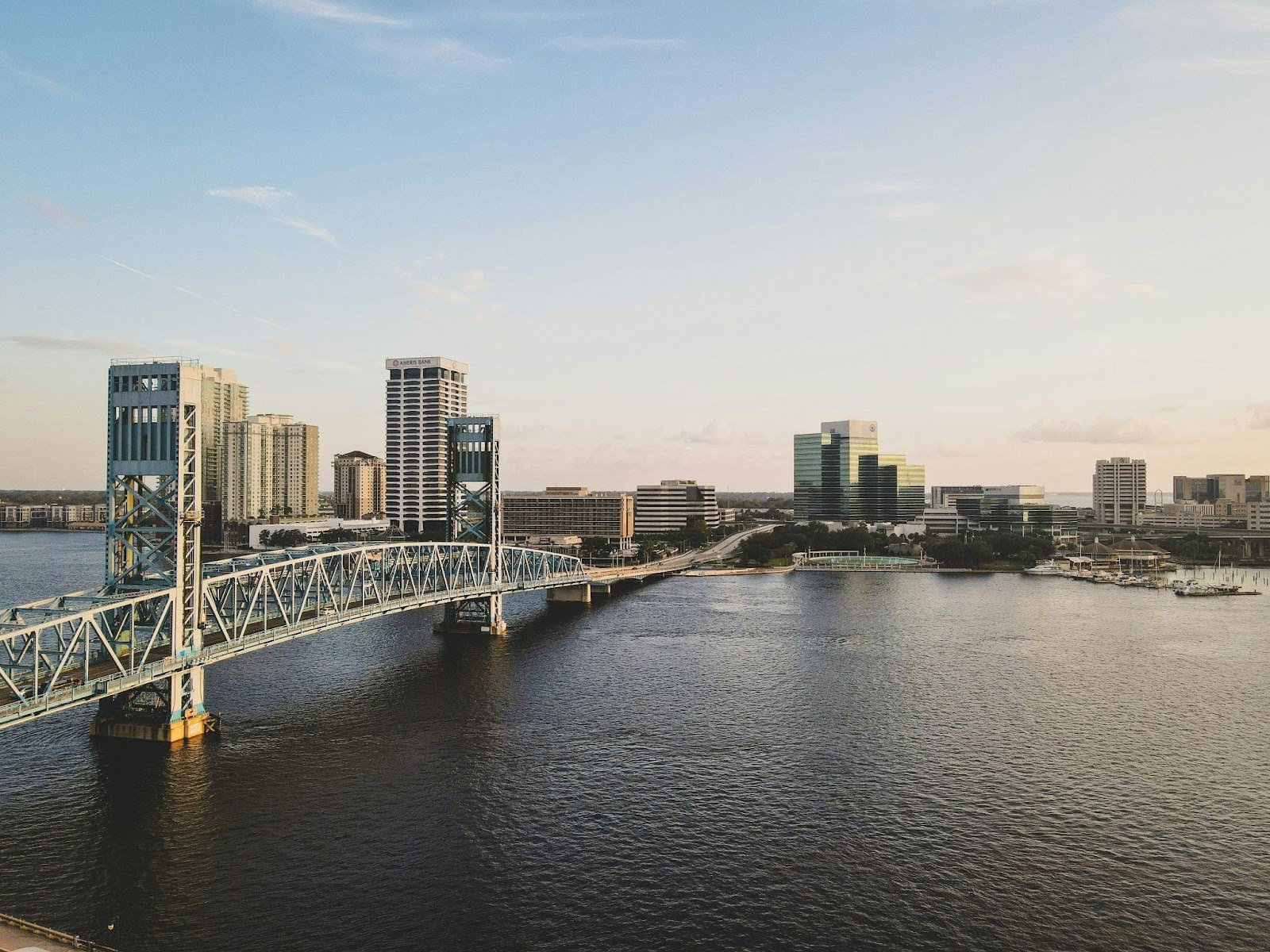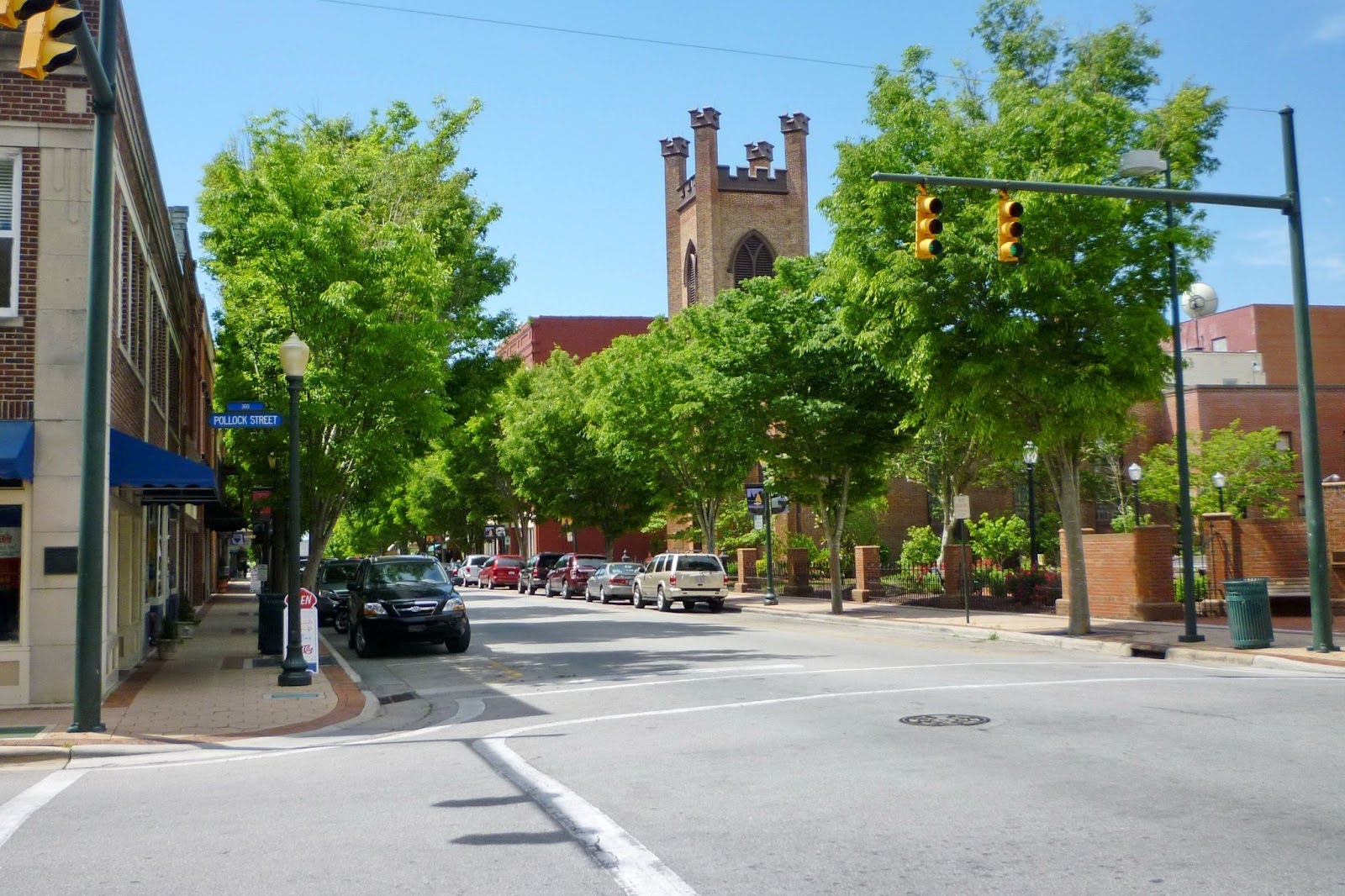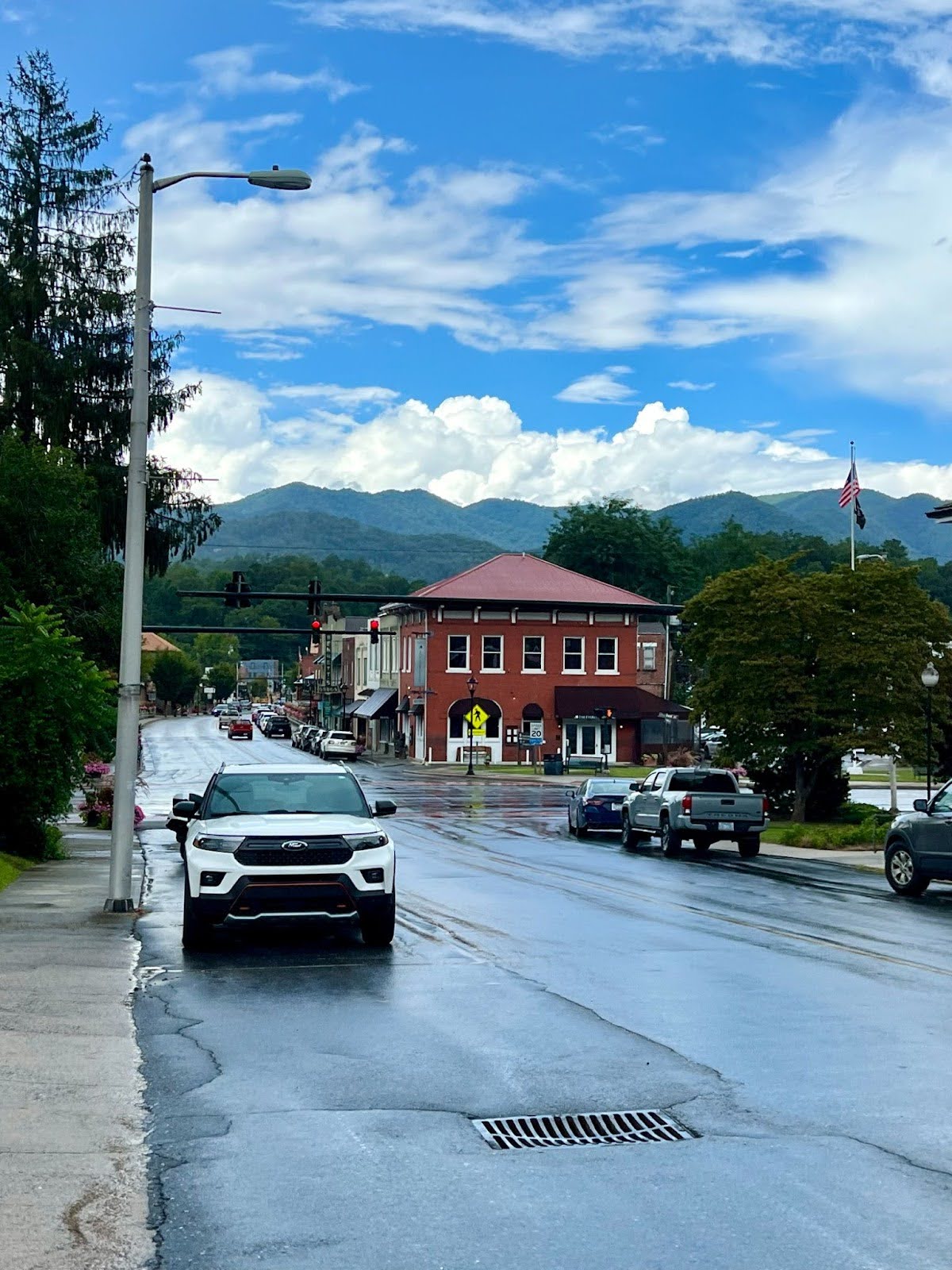Customers Served





















Partnerships











This is a representation of current and prior Fernleaf customers and partners and does not
constitute an endorsement of, or by, Fernleaf.
Interested in learning more? Let's Talk

